Experian Design (System)
📘 7 min read
On this page...
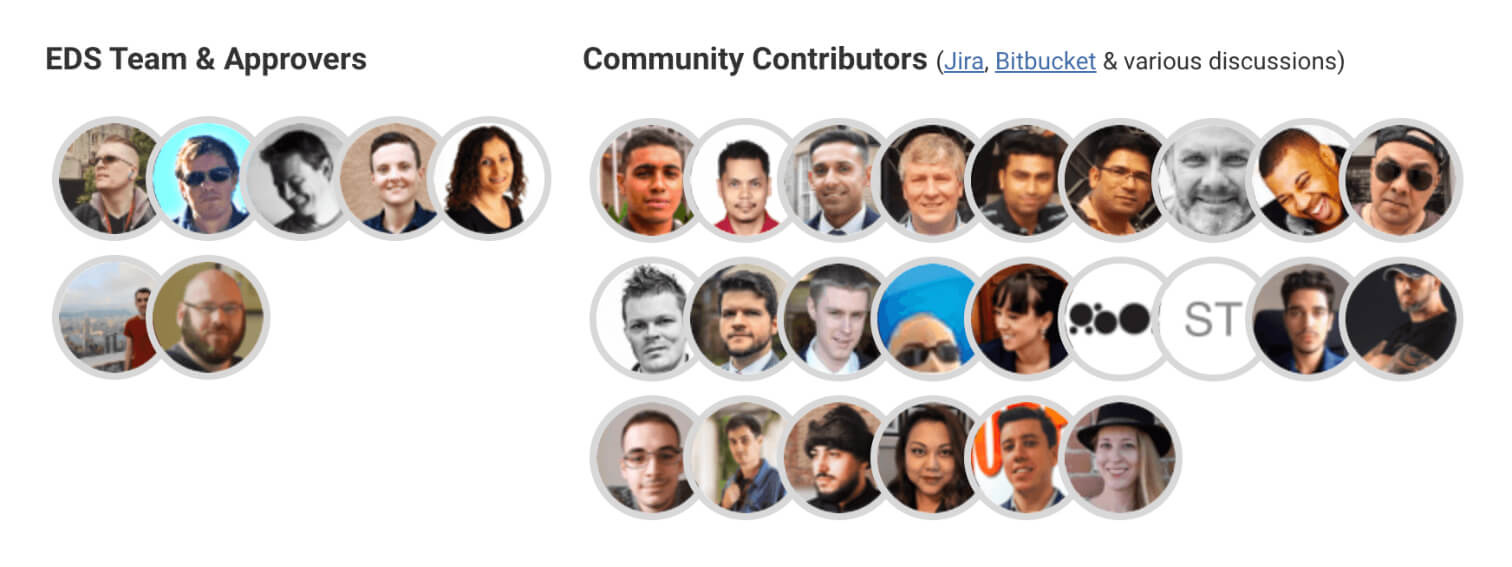
I write this up as a “project” because the narrative can be simplified to a tangible problem statement with a logical response. But in reality the design journey I led at Experian was influenced by many benevolent actors and contributors. It was truly magnificent to see the community come together and affect change.
Experian had hundreds of enterprise products, each using their own technology stack and visual design “language”. A large client complained that integrating 15+ products they’d purchased was a huge pain. Experian felt there was significant money to lose if we didn’t ease the client’s burden.
Straightforward enough, a big customer complains and we want to keep them happy… how difficult can that really be for a tech-savvy market giant like Experian? Only it was, and would have been more so had I not intervened—because there was another problem.
At the time, Experian was driven by Engineering culture and the “answer” to any problem was technical in nature. Experian thought it could engineer the customer distatisfaction away… but Experian was wrong.
Let’s add the context that tens of millions of dollars would be spent on any solution, not to mention multiple years of development. The stakes were high and my warning lights were flashing as I watched senior leaders unfold a plan that excluded formal Design on all levels—even UX research to better understand the customer’s pain!
Not to fault Experian here—Design was a tool it didn’t know it had as the discipline only existed in pockets throughout the company. But that was about to change because I felt a fiduciary responsibility to protect the organization and the customer by showing there was a better way.
It wasn’t that management didn’t like what I had to say, it was that they were so far removed from Design awareness they literally couldn’t understand what I had to say. It probably didn’t help that the decision makers were three levels above me and time was limited, but words were shared while comprehension was not. So, in this case I would have to take a different approach.
I knew there were people at Experian who would be sympathetic so I began to hunt them down. This included anyone with “design” in their job title, appreciative frontend engineers and product managers as well as executives I knew believed in the cause.
Within a few short months I was holding informal meetings with a group of ~40 people across the globe. It wasn’t enough to reach the decision-making apex for the project in question but we were on our way to what would eventually manifest as a unified Design presence across the entire company.
As the design community grew I directed everyone to focus on the most valuable business problems. First, we cross-referenced these issues globally and surfaced the problems with highest severity and commonality between teams. Then, we discussed proposals we could either request funding for or handle as a community.
Unsurprisingly, having an enterprise design system, and a global design conference to better position Design as a business tool, were top requested proposals. I set out to connect the right people to pull this off.
This stage of the plan was bumpy with some executives being completely onboard and others competing to spend budget elsewhere. But it was a welcomed test to take as initiatives that secure budget only do so based on business merit—and the whole purpose of this effort was to illustrate the business merit of Design in a key project.
Thanks to the faith of early supporters like Global Brand Manager James Carter and Chief Communications Officer Nadia Ridout-Jamieson as well as later support from key executives Birger Thorburn, Steve Wagner, and others, I successfully funded both a design system team and an annual design conference.
So many details in the fundraising process deserve their own post, but it’s enough to say that business is about value and if you can successfully illustrate that value you can secure sensible investment.
Fundraising is critical but it’s usually about promises. With some wind in my sails it was time to deliver in a way that caught management’s attention. Version 1 of the Experian Design System was only a small evolution beyond a component library - available to engineers as web components and designers as sketch libraries.
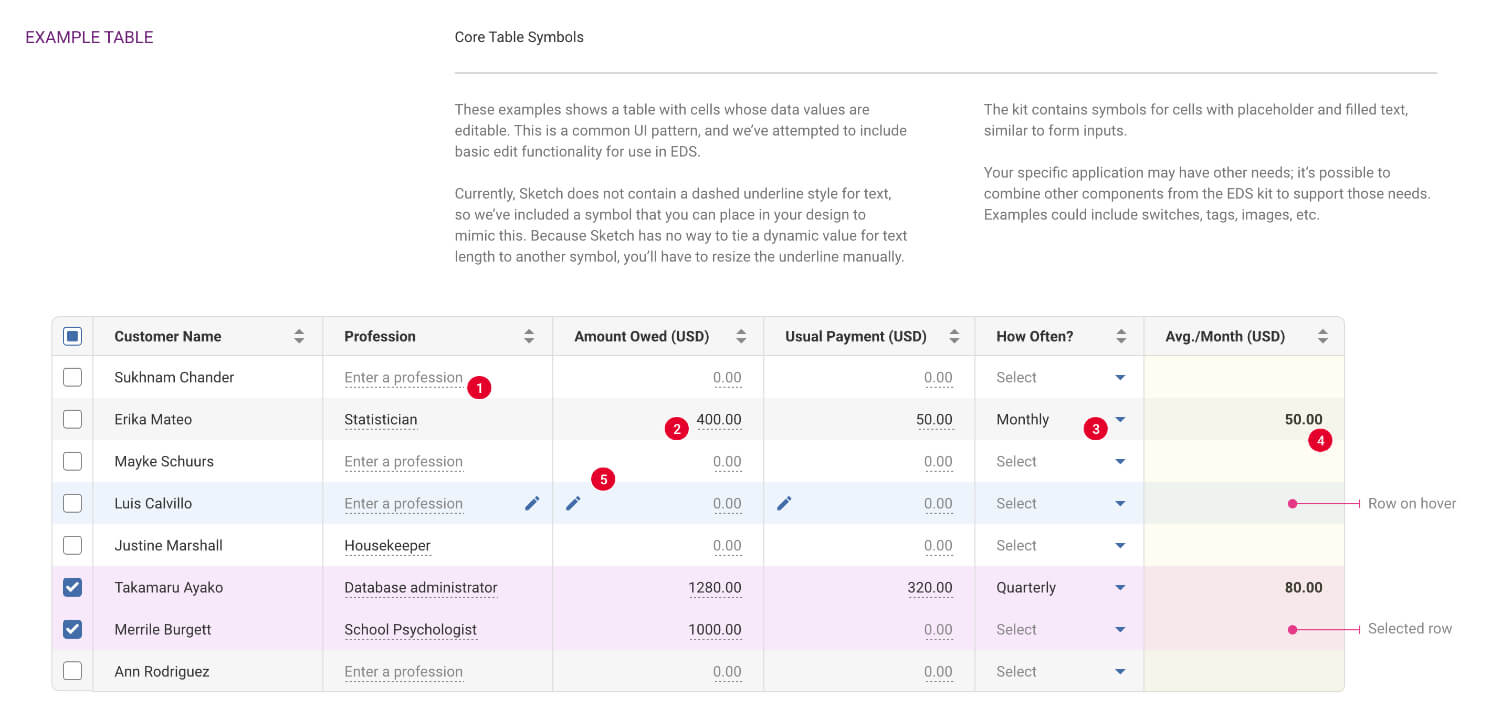
As our community met together I evolved the design system to be more compatible with different tech stacks and product experiences eventually supporting over 40 teams in 5 geographies. It was a wonderful tool perfectly suited to solve the problem of visual, brand, and technical consistency across products. But our original customer complaint wasn’t just about consistency—there were significant issues all along the customer journey. I continued curating conference talks and bringing industry experts like Stephen Gates, Jane Austin, and Alain Thys to facilitate the important discussions about what problems Design can actually solve for the business.
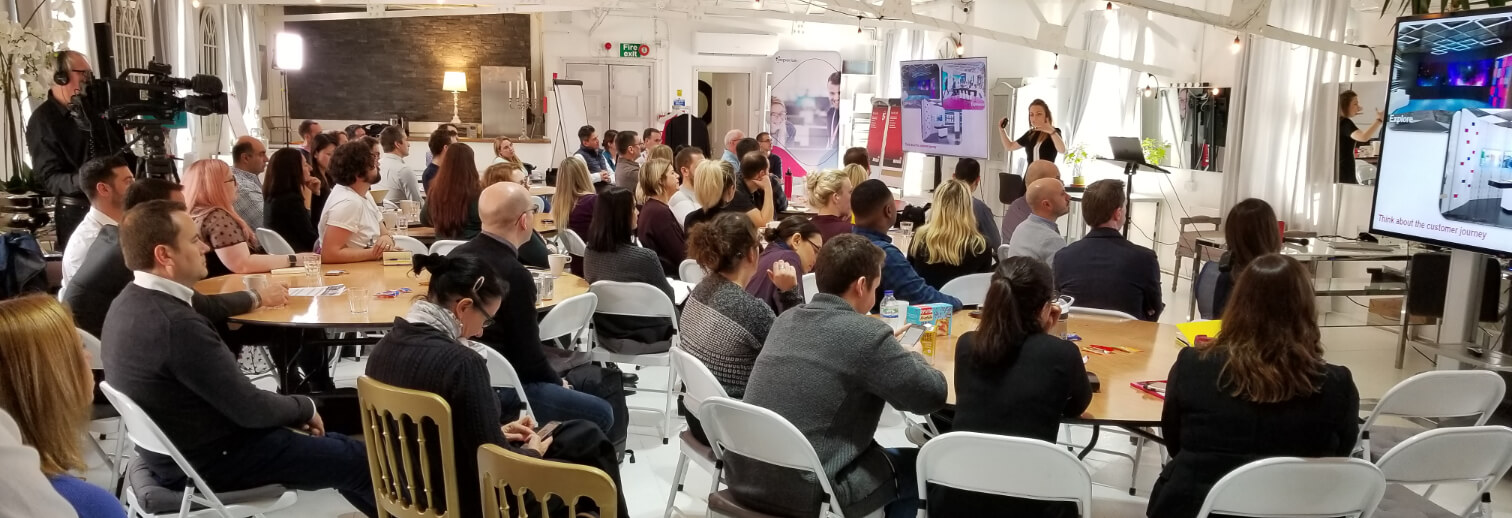
In addition to highly structured content, I held Open Space sessions to drive relevant discussions among decision-making executives and junior individual contributors, trained designers and technically minded engineers, deep researchers and overseers of tight budgets and deadlines. The transparency and leveling in our community created brand new relationships, workstreams, and value!
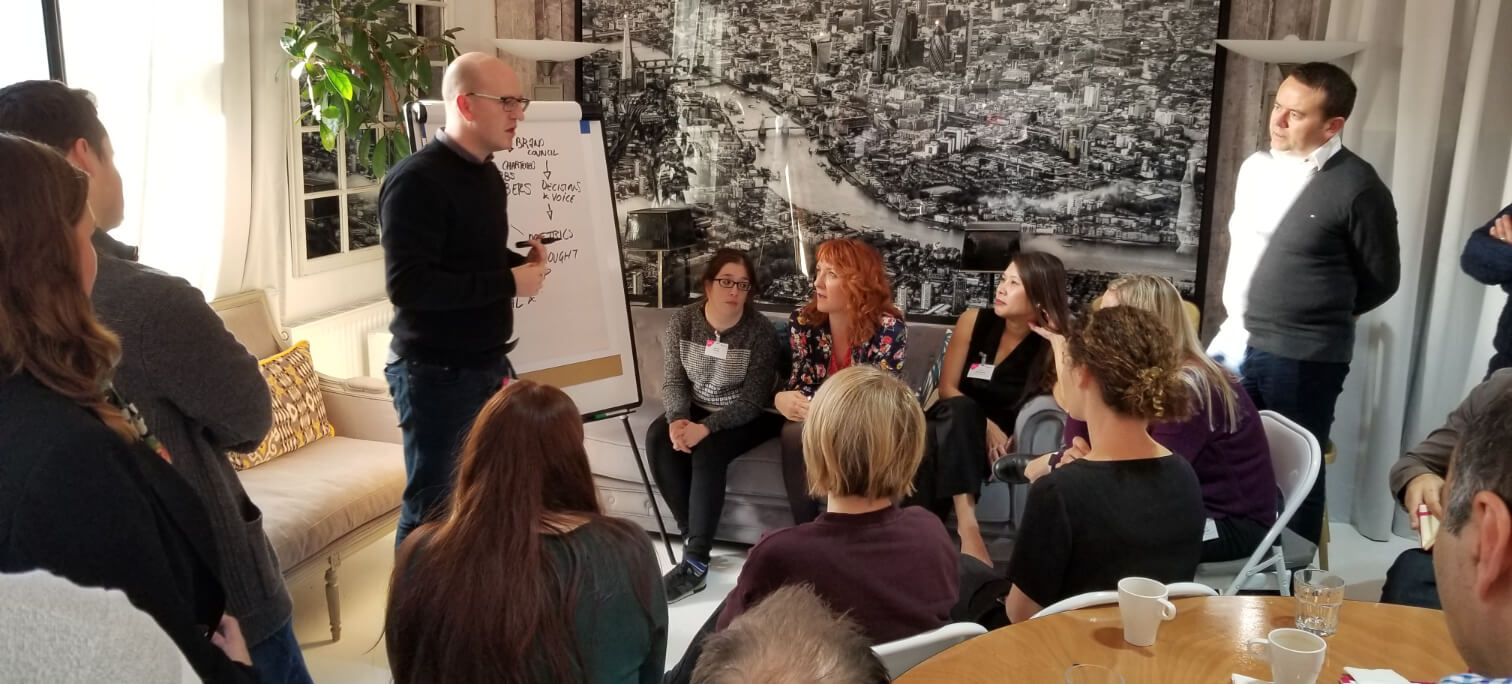
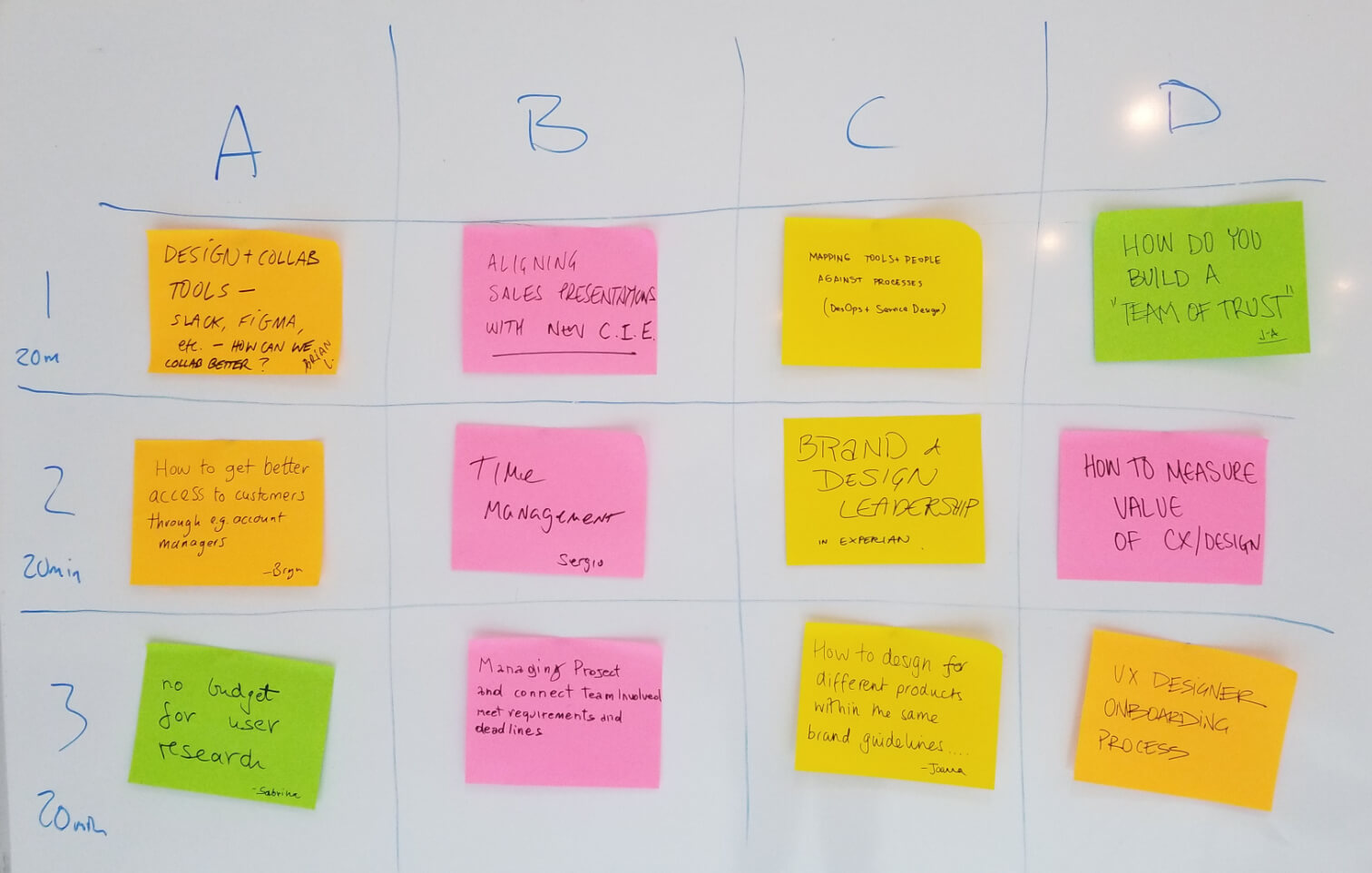
Between each annual conference I tasked the community with accountability projects to report on at the next year’s event. Fortunately, our growth and the associated work output elevated Design across the organization and began impacting revenue positively. I was priviledged to present to Expeian’s CEO (Brian Cassin) and win several awards for the strategic work done.
At around 18 months after I started my journey I had garnered enough reputation to make design recommendations to major projects. I’m happy to report that I successfully integrated the design system (which team I led), new product designers, and a design framework into the project that had originally excluded Design from its plan. A year later it went to market and not only is the customer happy, there is a framework for product expansion that will support many new customers for years to come! 😊
Yes! Engineering was a huge part of this story. There is too much to tell but, the real narrative here is one of collaboration and shared context. Engineers were just as involved in the discussion as desginers and their contributions were critical. Design must operate within Engineering constraints and engineers must continuously seek to deliver what Design deems directionally appropriate. The key to success in this instance—and in most instances—is considering the diverse perspectives of the organization. Experian was about to resort to a purely technial hammer which would have been an incomplete and costly response to the situation. I wanted to be on a winning team so I brought in the missing voices and we arrived together.
If you learn anything from this project, it should be that even an engineer can dive in and lead the Design charge if necessary! Don’t be afraid to learn a new language!
Interested in working with me? Ping me on LinkedIn!